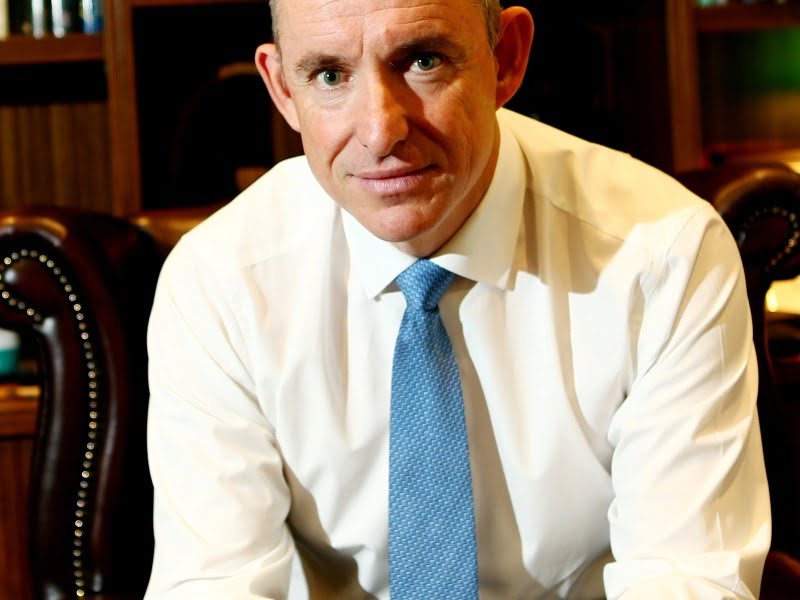The Digital Transformation Agency has been moved to the employment portfolio and will remain under the control of Minister Stuart Robert.
An order signed by Governor-General Peter Cosgrove shifting the Digital Transformation Agency (DTA) from Services Australia to the Department of Employment was revealed late on Friday afternoon.
It’s a significant move for the DTA, which had at one point been housed within Prime Minister & Cabinet.
It means the government’s tech agency will remain under the control of Mr Robert, who was recently appointed as Minister for Employment, Workforce, Skills, Small and Family Business after serving as government services minister.
It was revealed this week that Mr Robert had retained his role as chair of the Cabinet Service Delivery and Coordination Committee despite the ministerial reshuffle. He has also recently been promoted into the powerful expenditure review committee by the Prime Minister.

The DTA had previously been in the human services portfolio due to significant amounts of IT spending from that department, and its role in key IT projects such as myGov.
The DTA was launched in 2015, as the Digital Transformation Office, as a pet project of then-Prime Minister Malcolm Turnbull, who hand-picked its inaugural chief executive in Paul Shetler.
It was originally housed in the communications department before a significant restructuring the following year saw it renamed to the DTA and moved directly under Mr Turnbull in Prime Minister & Cabinet.
In late 2018 the DTA was moved away from PM&C and into the human services portfolio, and was switched to government services in May 2019 with the launch of Services Australia.
The amendments to the Public Service Act 1999, revealed on Friday, also outline the DTA’s key functions, which have remained largely stable from previous years.
The DTA has been tasked with providing strategic and policy leadership on whole-of-government and shared ICT investments and digital service delivery, and to “develop, deliver and monitor” strategies, policies and standards for tech investment, including procurement.
It will also manage strategic coordination and oversight functions for digital and ICT investment across the life cycle of projects, manage whole-of-government digital procurement and provide advice to Minister Robert on whole-of-government digital.
The DTA is in the midst of a number of significant government tech projects currently, including the redevelopment of myGov and the whole-of-government digital identity program.
It also received widespread attention last year after leading the development of the government’s controversial COVIDSafe contact tracing app.
The agency is in the process of refreshing the government’s digital transformation strategy, with a discussion paper unveiled late last year.
The DTA’s spending on contracts with tier one management consultants increased by nearly five times in the time since Mr Robert took control of the agency in May 2019. In the 2019-20 financial year, more than $30 million in contracts were handed to Deloitte, McKinsey, KPMG and the Boston Consulting Group, compared with just over $6 million in the previous year.
The agency has also battled huge levels of staff turnover since its inception. From July 2018 to February 2020, more than 250 staff at the DTA ceased their employment, with its total headcount at 256.
In the previous 18 months, the DTA also experienced close to 100 per cent staff turnover.
Despite being created by Mr Turnbull in part to bring tech expertise back inside the public sector, the DTA has become increasingly reliant on short-term contractors and consultancy firms.
In the first eight months of the 2020-21 financial year, the DTA entered into contracts worth more than $20 million with recruiters and HR firms for temporary staff.
The post DTA shifted to employment portfolio appeared first on InnovationAus.
This post was originally published on InnovationAus.